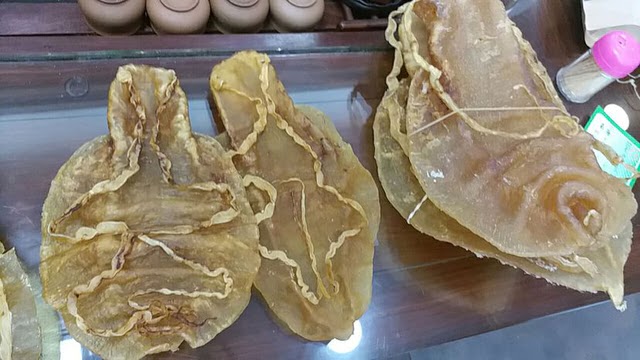Why aren’t fishermen and local governments stopping harmful fishing in the area? The answer is simple: money. The totoaba fish bladder can bring in thousands of dollars on the black market, making it a lucrative business. Unfortunately, this has led to the endangerment of the vaquita, a small porpoise that is close to extinction.
Can the Vaquita Survive?
Despite the small population size of the vaquita, researchers have found that they are not threatened by genetic factors. However, they must be protected from gillnets, the use of which is illegal in their habitat but still persists due to a lack of enforcement by the Mexican government. Captive breeding is not a viable option due to the high risk of stress-related death in the small population. The only way to save the vaquita is through strict enforcement of the law.

The vaquita’s survival depends on urgent conservation efforts by organizations such as the Center for Biological Diversity and the World Wildlife Fund. The Porpoise Conservation Society offers the opportunity to symbolically adopt a vaquita and support their conservation. With swift action, the vaquita can be saved from extinction.
Saving the Vaquita
“Vaquita” means “little cow” in Spanish, named for their bovine-like facial markings. Despite their adorable appearance, the vaquita is in great danger and needs our help to survive.
FAQ
1. What is a vaquita and why is it endangered?
A vaquita is a small porpoise found only in the northern Gulf of California. It is critically endangered with only about 10 individuals left due to illegal fishing practices using gillnets, which are used to catch a fish called the totoaba. The totoaba’s swim bladder is highly prized in China for its supposed medicinal properties, leading to an underground market for the fish.
2. What is being done to save the vaquita?
Several conservation efforts have been put in place to save the vaquita, including a ban on gillnets in the vaquita’s habitat and efforts to enforce the ban. There are also plans to capture the remaining vaquitas and breed them in captivity to increase their numbers.
3. How successful have conservation efforts been so far?
Conservation efforts have faced many challenges, including difficulty in enforcing the gillnet ban and the continued demand for totoaba swim bladders. Unfortunately, despite efforts to save the vaquita, their numbers continue to decline, and it is unclear if they can be saved from extinction.
4. Why is the vaquita important to the ecosystem?
The vaquita plays an important role in the ecosystem as a predator and prey for other marine species. As a top predator, the vaquita helps to regulate the populations of its prey, which in turn helps to maintain a healthy marine ecosystem.
5. What can individuals do to help save the vaquita?
Individuals can help save the vaquita by being conscious of their seafood choices and avoiding seafood that is caught using gillnets. They can also support conservation efforts financially and raise awareness about the vaquita’s plight through social media and other platforms.
6. How long do vaquitas typically live?
Vaquitas typically live for about 20 years in the wild.
7. Are there any other species affected by the totoaba trade?
Yes, the totoaba trade also affects other marine species, including sharks and rays, which are often caught unintentionally in gillnets intended for totoaba.
8. What is being done to address the totoaba trade?
Efforts to address the totoaba trade include increased enforcement of gillnet bans, increased penalties for those caught engaging in the trade, and efforts to raise awareness about the impact of the trade on the vaquita and other marine species.





Leave a Reply